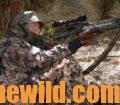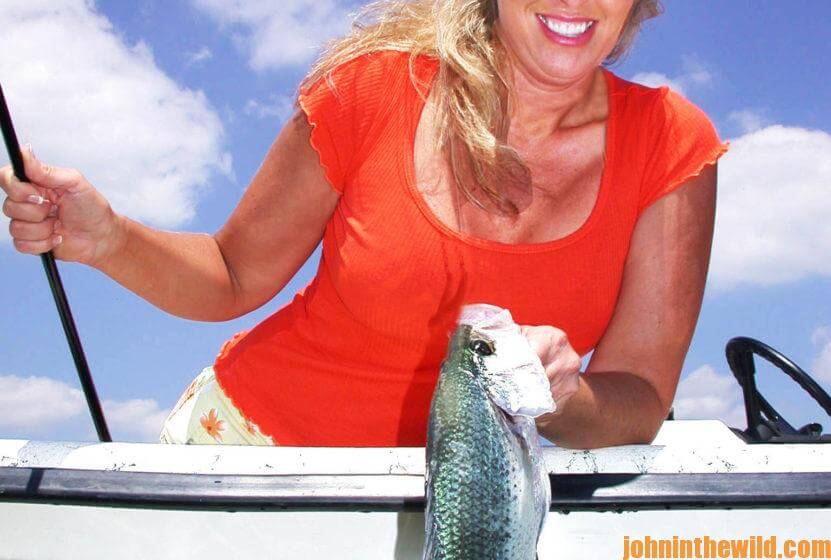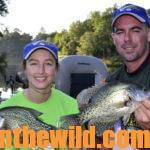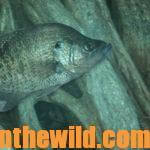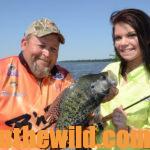Editor’s Note: Depending on where you live in the U.S., the crappie spawn may be occurring or finished now. After the spawn, most crappie fishermen usually shift their attention to other species or seek the comfort of their air-conditioned homes. If they do venture out later to take papermouths, they may fish only after dark when the air and water temperatures are lower, and the slabs can be attracted to light.
 Late spring and summertime crappie fishermen often adhere to one of three philosophies, even if they may not be true all the time:
Late spring and summertime crappie fishermen often adhere to one of three philosophies, even if they may not be true all the time:
* Crappie do not bite during daylight hours in the hot summer months.
* Crappie cannot be found during daylight hours because perhaps they crawl into holes in the lake’s bottom.
* Anglers can’t locate and take enough crappie during daylight in the summertime to make fishing for crappie worth the time and effort.
Fishermen who understand how to find reservoir crappie during the late spring and summer can pinpoint and catch more crappie. When air temperatures increase and frying an egg on the sidewalk becomes a distinct possibility, most crappie will be in deep water, searching for the cooler thermocline. During this time of year when crappie are biting slowly, and water-surface temperatures in the South may hit 90-plus degrees, my friend, Charlie Ingram from Eufaula, Alabama, uses a bass technique and tackle to put more papermouths in his boat. Ingram’s fishing system produces crappie on any lake in the nation in warm and hot 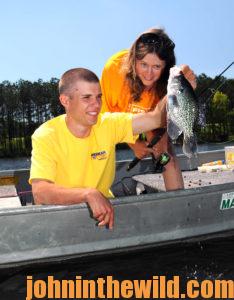 weather.
weather.
“Remember, crappie must eat all year long,” Ingram says. “All you have to do to catch crappie at any time of the year on any lake is find and present a bait to them that they’ll take. Successful crappie fishing involves understanding that crappie angling isn’t that much different from bass fishing. Both crappie and bass have seasonal migration patterns, hold in heavy cover and move into creek and river channels in the warmer months.
“I noticed when I’d be exploring old creek and river channels with my depth finder in the warm weather for spots to catch bass that I would often see large schools of crappie. I knew these schools were crappie because they appeared larger on the screen than baitfish. Also, when I cast a plastic worm or a deep-diving crankbait to these fish holding in the brush and the cover on deep creek channels and river ledges, they were in the same locations where the bass were.”
To learn more about crappie fishing, check out John E. Phillips’ book, “Crappie: The Year-Round River Fisherman’s Bible” at  https://amzn.to/2mxWIt4, available in Kindle and print and in Audible at https://adbl.co/382m0SR.
https://amzn.to/2mxWIt4, available in Kindle and print and in Audible at https://adbl.co/382m0SR.
Tomorrow: Why Modify a Jigging Spoon for Crappie

